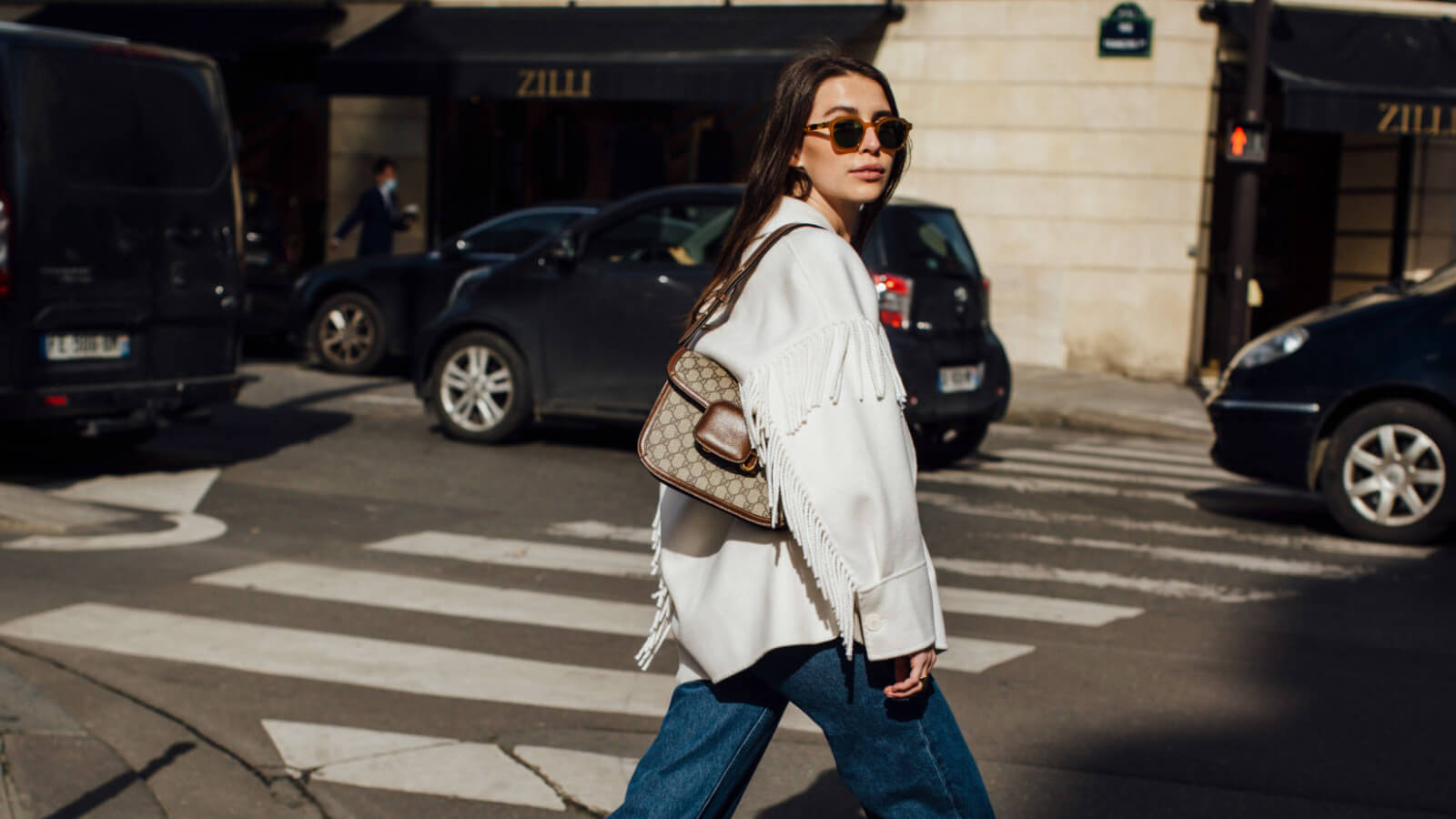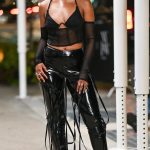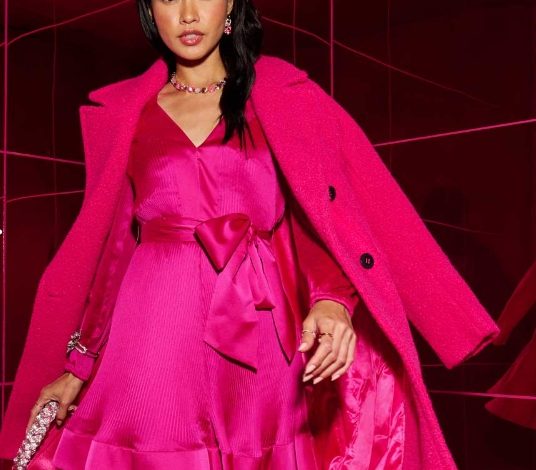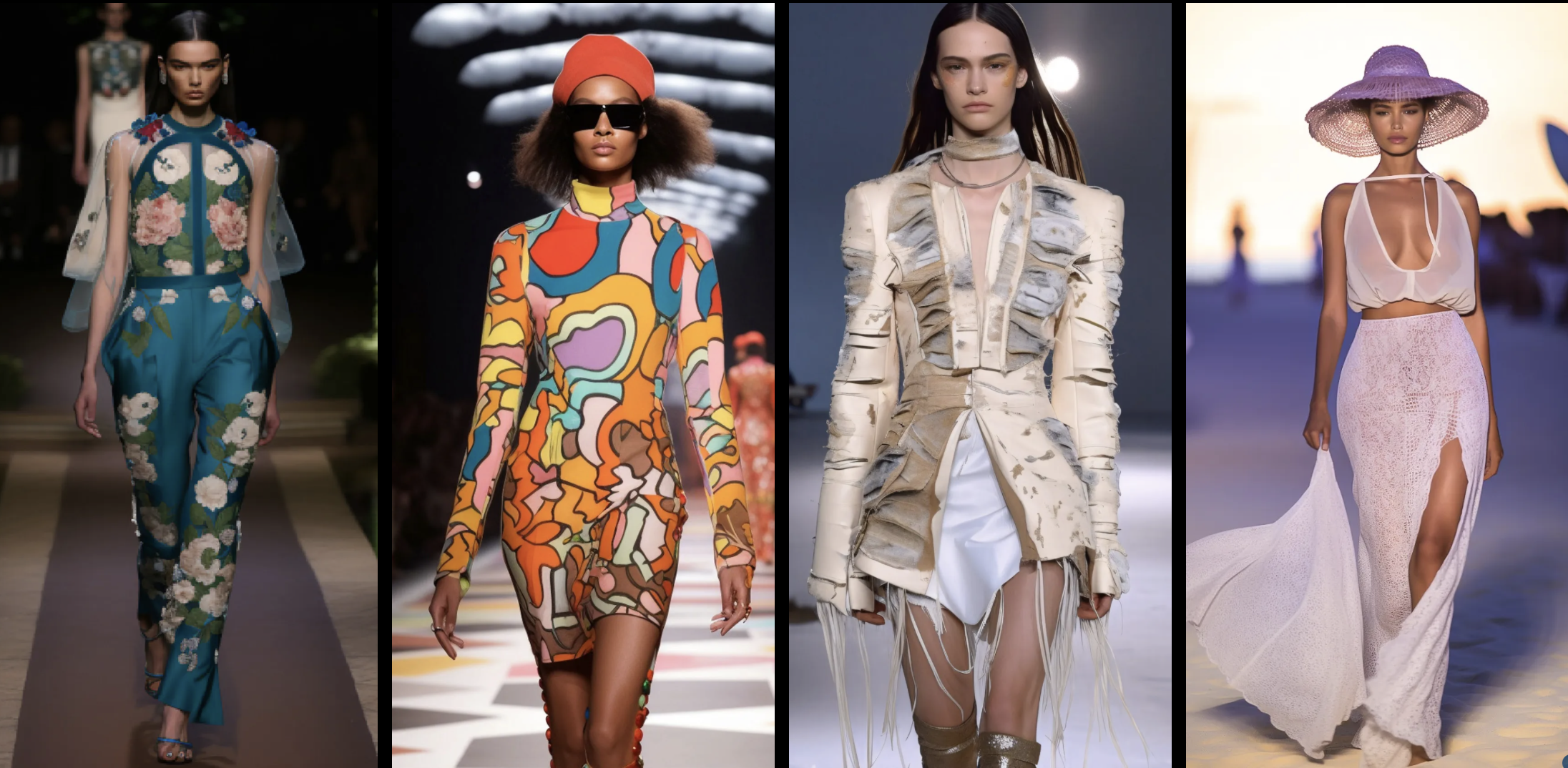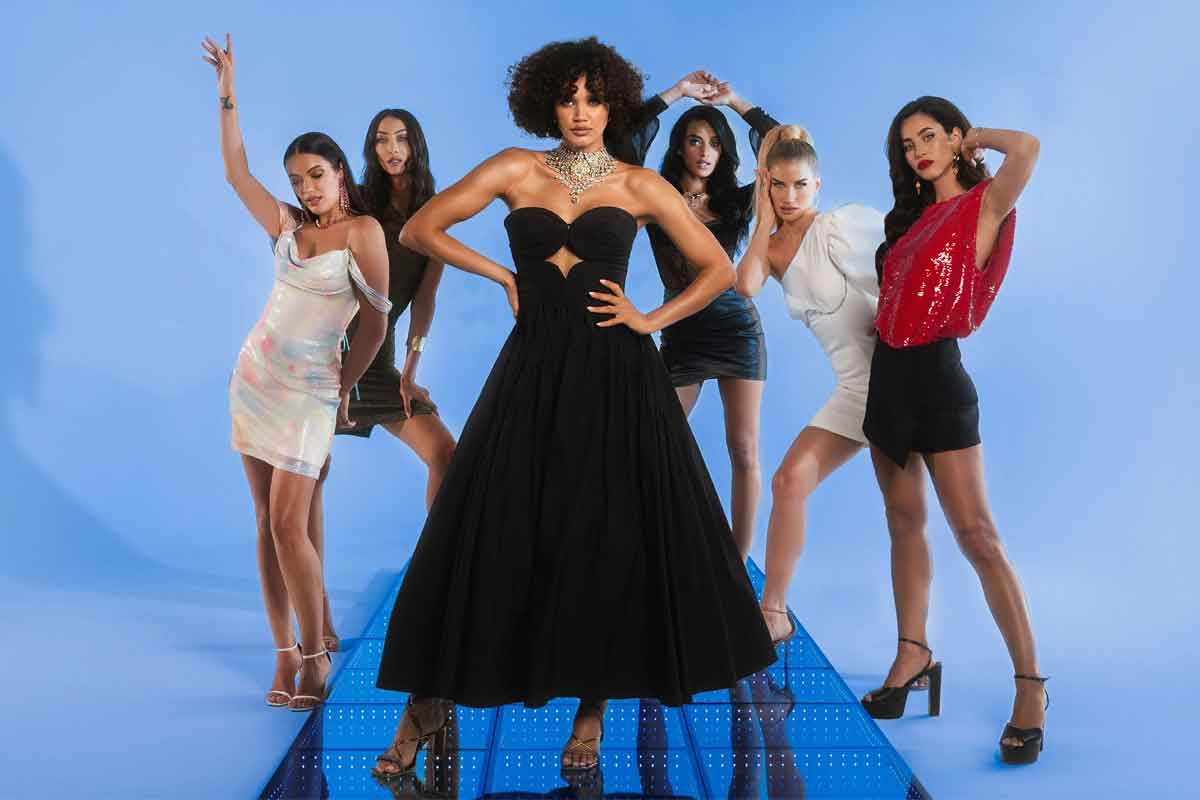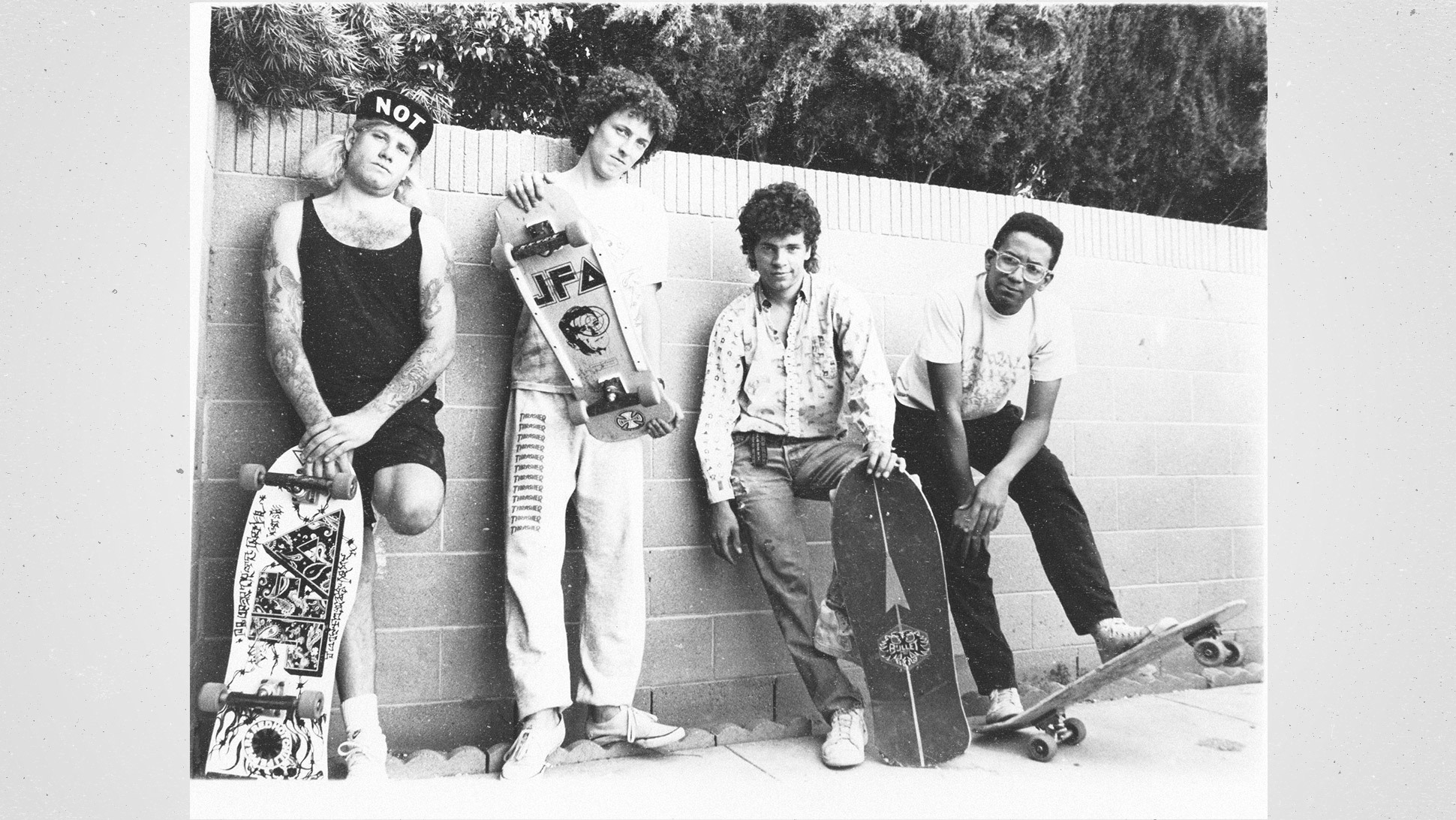
The Golden Era: A Look at 90s Skater Trends
Growing up in the 90s was truly a remarkable time. It was a decade filled with vibrant music, funky fashion, and, of course, an explosion of skater culture that would forever leave its mark. As a skater kid myself, I can’t help but reminisce about the glory days of the 90s and the lasting impact it had on both skateboarding and popular culture.
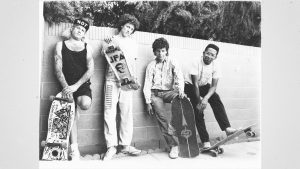
Skater culture during the 90s was a phenomenon that swept across the globe. It was influenced by rebellious attitudes, punk rock music, and an unapologetic sense of individuality. Skateboarding became more than just a sport; it was a lifestyle, a way of expressing oneself, and a means of escapism.
One of the defining characteristics of 90s skater culture was the fashion. Baggy jeans, oversized t-shirts, and flannel shirts were staples of the skater wardrobe. The more worn and torn, the better. We would spend hours carefully distressing our clothes to achieve that edgy, “I don’t care” look. And let’s not forget the iconic skate shoes. Vans, Airwalk, and DC Shoes were some of the top brands that adorned our feet as we mastered our tricks at the local skate park.
But the 90s skater culture was about more than just fashion; it was about the music that fueled our rebellious spirits. Punk rock was at the heart of the skater soundtrack, with bands like Green Day, Blink-182, and The Offspring dominating the airwaves. These anthems perfectly captured the raw energy and carefree attitude that defined our skate sessions. Listening to these bands while cruising down the streets on our boards was a feeling like no other.
Skateboarding itself experienced exponential growth during this era. With the rise of prominent skateboarders like Tony Hawk and Rodney Mullen, skateboarding trickery reached new heights. The X-Games became a showcase for these extreme athletes, captivating audiences worldwide. Magazines like Transworld Skateboarding and Thrasher became our go-to sources for the latest tricks, interviews, and skate culture news. We would eagerly devour each issue, imagining ourselves performing those mind-bending stunts.
Skate videos were another integral part of 90s skater culture. We would gather around our VCRs, eagerly awaiting the release of new skate videos from our favorite skateboard brands. Watching the pros effortlessly execute jaw-dropping tricks inspired us to push ourselves harder and take our skills to the next level. These videos encouraged a sense of community and camaraderie among skaters, connecting us in our shared passion for the sport.
The skateboarding scene in the 90s was also known for its DIY spirit. Skaters would often build their own ramps and obstacles, transforming abandoned lots and empty swimming pools into makeshift skate parks. This resourcefulness not only demonstrated our determination to skate anywhere we could but also fostered a sense of creativity and innovation. We were constantly seeking new challenges and unique spots to conquer, pushing the boundaries of what was possible on a board.
While the 90s were undoubtedly a golden era for skateboarding, it was not without its ups and downs. Skaters faced criticism and public scrutiny, often being labeled as delinquents or troublemakers. Skateboarding bans were implemented in various cities, forcing skaters to constantly find new hidden spots to practice their craft. Despite these setbacks, the skater community remained resilient, united by a love for the sport and a desire to push the boundaries of what was possible.
Looking back on the 90s skater trends, it’s clear that this era played a crucial role in shaping skateboarding and popular culture as a whole. It brought skateboarding into the mainstream, introducing a whole new generation to the joys and thrills of the sport. The fashion, the music, the sense of freedom – it all blended together to create a unique and unforgettable era.
As I reminisce about those days spent pushing through the streets, landing tricks at the local skate park, and immersing myself in the music and fashion that defined the 90s skater culture, I can’t help but feel a pang of nostalgia. It was a time when being a skater meant breaking free from societal norms, embracing individuality, and living life on our own terms. The 90s skater trends were not just a passing fad; they were a lifestyle that left an indelible mark on all who embraced them.
So, here’s to the golden era of the 90s skater culture – a time when we were unapologetically ourselves, shredding the streets, and letting our boards do the talking. It’s a legacy that continues to inspire new generations of skaters, reminding us that skateboarding is not just a sport but a way of life. Long live the 90s skater spirit!

